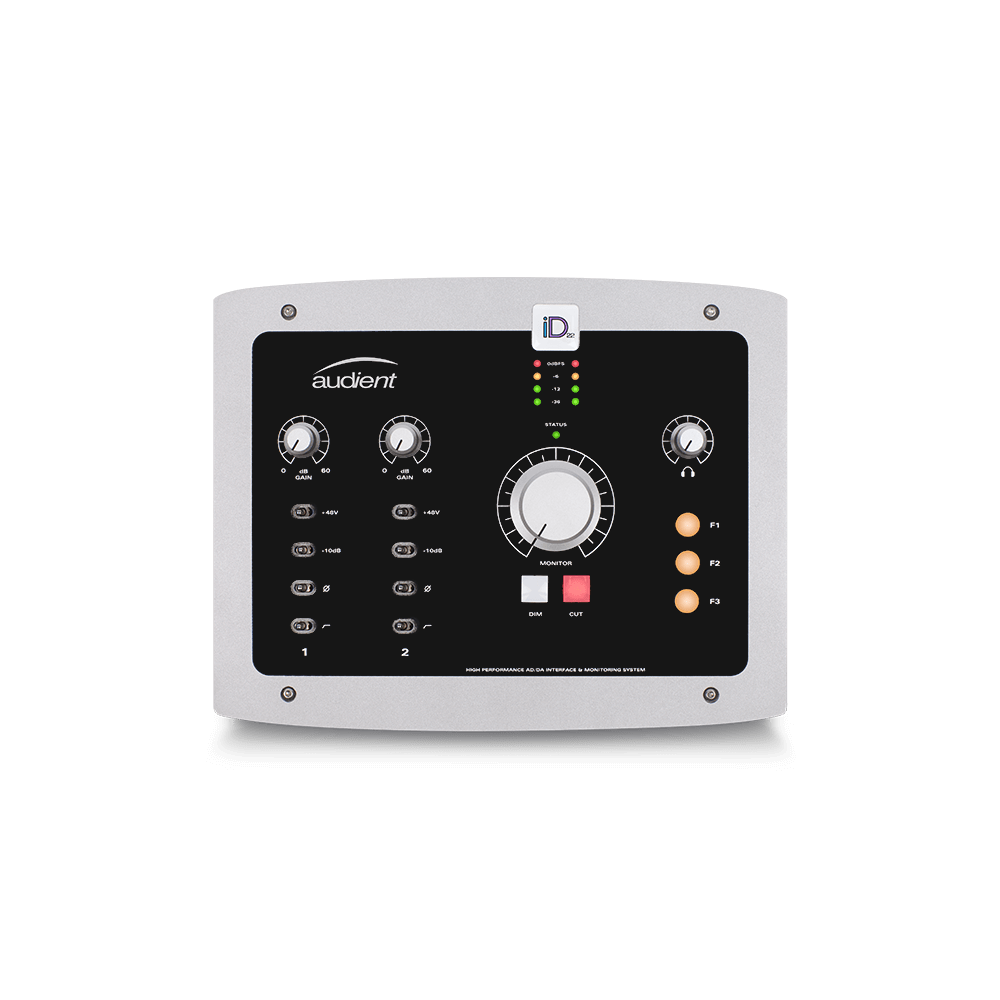With the possible exceptions of EQ and compression, which don’t really sit in the same ‘creative’ category, reverb and delay are the most frequently used effects in music production. The reason for their ubiquity relative to the likes of chorusing, phasing, modulated filtering and all the rest of it, is that each emulates an immediately recognisable real-world phenomenon that’s essential for bringing space and depth to any track. With reverb, that phenomenon is reverberation and ambience, while delay is all about echoes – and it might surprise you to learn that the two are actually variations on a single technological concept; or, to put it more specifically, reverb is a form of delay.

What’s the difference between delay and reverb?
A delay effect works by literally holding up (ie, ‘delaying’) the playback of the input signal by a certain amount of time, and when that delayed signal is mixed with the dry input signal, the result is an echo. The delayed signal can then be fed back into the input to generate further echoes, thereby giving you everything from short ‘slapback’ effects (as heard in surf rock guitar tracks from the ’50s and ’60s) to wild dub feedback delays, via all manner of rhythmic patterns and spatialising treatments in between.
That’s the essence of any and every delay plugin, and although you can certainly use delay to give the impression of a sound existing in a virtual space, reverb dedicates itself to that particular task by taking the same fundamental process to a complex extreme. Reverberation in the real world is nothing more than sound waves bouncing off the surfaces of (and objects in) a given room or other environment. The time it takes those bounced waves – called ‘reflections’ – to reach our ears, and the absorbative properties of the surfaces, tell your brain how big the space is and where the sound source sits within it, as well as sonically describing the space’s shape and contents, and the ‘reflectiveness’ of its walls.

While reverberation can be very obvious (a cavern or concert hall), most of our lives are spent in spaces that don’t come across as particularly reverberant, such as our homes and the outdoors. Make no mistake, though, reverberation is everywhere and constant, whether you’re aware of it or not: if you’ve ever had the ‘pleasure’ of experiencing an anechoic chamber, you’ll know how unsettling, unnatural and downright weird the world sounds when natural reverb is completely removed from it.
So, reverb effects replicate all that good stuff by generating multiple short echoes (known as a ‘delay network’) that are then fed back, modulated, filtered and otherwise wrangled to simulate real-world and invented spaces of all shapes and sizes. Reverb plugins vary quite a bit in their presentation and the adjustable parameters they offer, but by and large, you can expect to come across separate sets of controls for independently tweaking the ‘early’ and ‘late’ reflections. Early reflections are the initial sound waves bouncing off the first surface they hit – they’re critical for localising the sound source and perceiving the size of the space. Late reflections represent the sound waves bouncing around between all the surfaces until they decay away to nothing, and also define the size, as well as the shape and reflectiveness/absorption of the space.
When should you use delay?
So, if reverb is like a sort of supercharged delay, why bother using actual delay effects at all? Well, although it is possible to make certain reverb plugins behave like delay plugins, by and large, reverbs don’t give you accurate control over the timing, level and feedback of their under-the-hood delay lines. With a delay, you can set the exact timing of the delay line itself in milliseconds/seconds or musical note values (64th-notes, quarter-notes, whole notes, etc), dial in exactly as much feedback as you need, apply onboard filters for shaping the frequency content of the feedback loop, precisely modulate the delay time, and so on. Your delay plugin or hardware effect might also feature ping-pong and/or multi-tap modes, the first bouncing echoes between the left and right stereo channels, the second running multiple parallel delay lines at once to enable the programming of intricate rhythmic echoes and grooves.

Ultimately, then, delay is the weapon of choice for discrete and directly manipulable echoes, whether in the pursuit of adding depth and interest to vocals, bringing density and embellishment to percussion lines, rhythmically transforming sparse parts of all kinds, bouncing guitars around the stereo field, or conjuring up cool spot effects. However, delay can also serve as an alternative means to imbue instruments and vocals with a sense of environmental placement when reverb proves overwhelming, either on its own terms or in the context of the full mix – indeed, you might be amazed at just how spatialising a short delay can be.
When should you use reverb?
Reverb, on the other hand, is the go-to when you want to make any sound or sounds appear to exist in a tangible space, be that a realistic room, hall or stadium, say, a cavern or forest, or a wholly imaginary physicality. Your reverb plugin or hardware will give you all the tools required to adjust the size of the space, the reflectiveness of its surfaces, the time it takes for the reverb tail (late reflections) to decay, the modulation of the tail (randomising the delay lines to make the it sound less linear and thus more natural), and perhaps more. Reverb is by nature a very ‘wet’ effect, and one that can profoundly alter the sound of the whole mix, even when only applied to one or two sounds within it, so the dry/wet mix control is key. Also helpful in this regard is the pre-delay parameter offered by many reverbs, which offsets the start of the processing, leaving a gap between the dry input signal and the early reflections that can work wonders for preserving clarity and punch in the former.
One thing to bear in mind with reverb is that using lots of different ones at the same time is a surefire way to make the whole mix sound cluttered and messy. As a general rule, try to keep to one or two (perhaps a long one and a short one) on auxiliary return channels and send each instrument to whichever is appropriate – short for your snare drum and synths, perhaps, and long for the vocal and guitar.
Our Products
-

Interface audio 2 entrées - 2 sorties
-

Interface audio 10 entrées - 6 sorties
-

10in | 14out Audio Interface
-

Interface audio 20 entrées - 24 sorties
-

24in | 32out Audio Interface
-

Interface audio 10 entrées - 14 sorties
-

Interface audio 10 entrées - 4 sorties
-

Interface audio 2 entrées - 2 sorties
-

Interface audio 4 entrées - 4 sorties
-

24in | 24out Audio Interface
-

Tout ce dont vous avez besoin pour débuter l'enregistrement
-

8 Channel Smart Preamp with AD/DA
-

Préampli micro 8 canaux avec CA/N
-

Préampli micro 8 canaux + Tone Control
-

Console d'enregistrement analogique modulaire
-

Small Format Analogue Recording Console
-

Small Format Analogue Recording Console
-

Immersive Audio Interface and Monitor Controller
-

Contrôleur de monitoring de bureau
-

Contrôleur de monitoring multicanal



